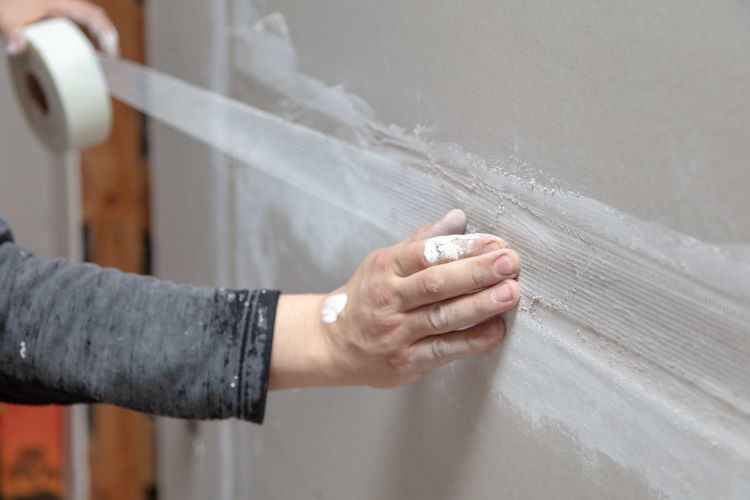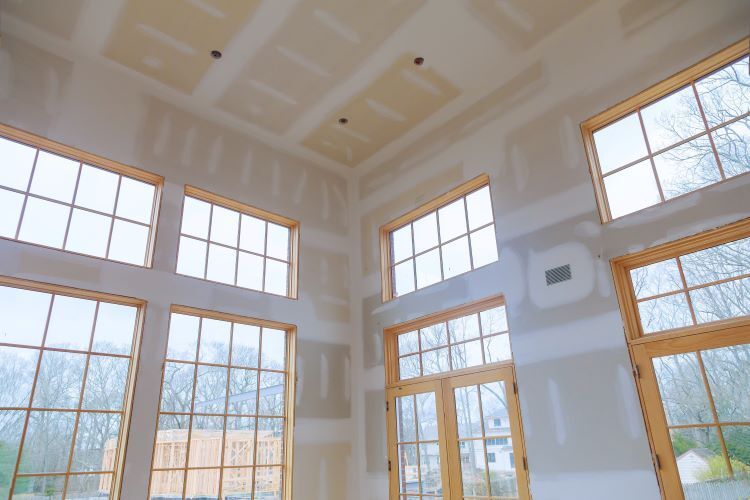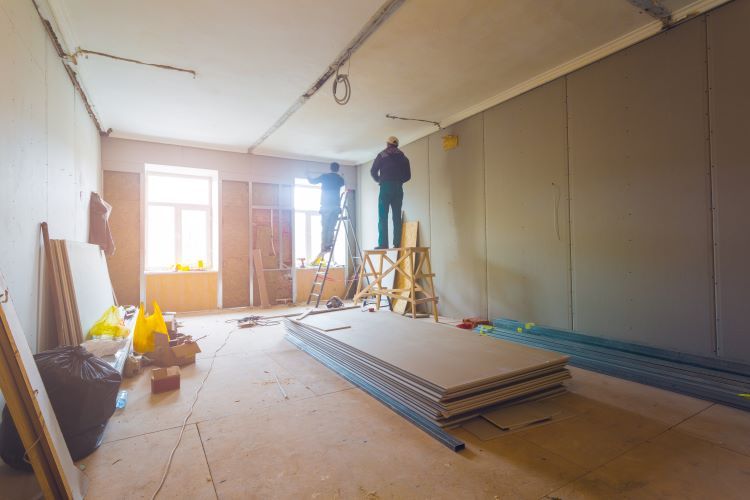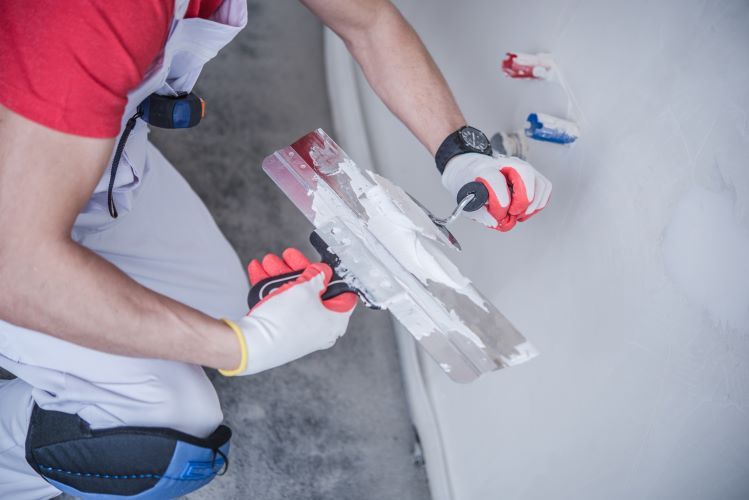Understanding Drywall Taping: A Crucial Step in Finishing

Drywall installation is a vital part of any construction or renovation project, and while the process of hanging drywall is important, the real magic happens in the finishing stages. One of the most crucial steps in achieving a smooth, professional-looking finish is drywall taping. For residents and businesses in St. John's, Newfoundland, understanding drywall taping can make all the difference in the final appearance of your walls and ceilings. In this article, we'll delve into the importance of drywall taping, the techniques involved, and why it’s essential for a flawless finish.
Why Drywall Taping is Important
Drywall taping serves several critical functions in the finishing process:
- Seamless Appearance: When drywall sheets are installed, they are joined at seams. Without taping, these seams would be visible, resulting in an uneven and unfinished look. Taping covers these joints, creating a smooth, continuous surface that’s ready for painting or other finishes.
- Strength and Durability: Taping reinforces the seams between drywall sheets, preventing cracks from developing over time. Properly taped seams are less likely to split or separate, ensuring the longevity of your walls.
- Prepares for Mudding: Taping is the first step in the mudding process, where joint compound is applied over the tape to further smooth out the surface. The tape acts as a base layer that holds the compound in place, ensuring it adheres properly and provides a uniform finish.
The Drywall Taping Process
Achieving a flawless finish requires attention to detail and the right techniques. Here’s a step-by-step guide to the drywall taping process:
- Gather the Right Tools and Materials:
- Paper or Mesh Tape: Paper tape is more traditional and offers a strong bond, while mesh tape is self-adhesive and easier to apply, especially for beginners.
- Joint Compound (Mud): A premixed joint compound works well for most taping projects. Some professionals use a setting-type compound for the first coat, as it dries faster and is less prone to cracking.
- Taping Knife: A 6-inch taping knife is ideal for applying the first coat of compound over the tape.
- Corner Bead: For outside corners, you’ll need corner bead to protect and reinforce the corners.
- Apply the Tape:
- Paper Tape: Apply a thin layer of joint compound over the seam using your taping knife. Then, press the paper tape into the compound, making sure it’s centered over the seam. Use the knife to smooth the tape, removing any air bubbles and excess compound.
- Mesh Tape: Mesh tape is self-adhesive, so you can apply it directly to the seam without using compound first. After applying the tape, cover it with a layer of joint compound using your taping knife.
- Taping Inside Corners:
- Fold the paper tape lengthwise to create a crease, then press it into the corner where two walls meet. Apply compound to both sides of the corner and smooth the tape with your knife.
- Taping Outside Corners:
- Install a corner bead along the outside corners to protect them from damage. Apply joint compound to the bead, feathering it out on either side to create a smooth transition.
- Applying Additional Coats:
- Once the tape is in place and the first coat of joint compound is dry, apply two or three additional coats. Each coat should be slightly wider than the previous one to blend the edges seamlessly into the surrounding drywall. Allow each coat to dry completely before applying the next.
- Sanding for a Smooth Finish:
- After the final coat of compound has dried, sand the surface lightly with fine-grit sandpaper. This step is crucial for achieving a perfectly smooth finish, free of ridges or imperfections. Be sure to wipe away any dust before painting.
Common Mistakes to Avoid
Even with the right techniques, there are common mistakes that can impact the quality of your drywall taping:
- Applying Too Much Compound: Overloading the joint with compound can result in a bulky seam that’s difficult to sand down. Instead, apply thin, even layers.
- Skipping the Sanding: Rushing through the sanding process can leave visible imperfections that will show through the paint. Take your time to sand the surface smooth.
- Not Allowing Compound to Dry: If you don’t allow each coat of compound to dry completely before applying the next, it can lead to cracking and uneven surfaces. Patience is key to achieving a professional finish.
Why Hire a Professional for Drywall Taping?
While drywall taping may seem straightforward, achieving a flawless finish requires experience and skill. Professional drywall tapers, like those at St. John’s Drywallers, have the expertise to handle even the most challenging projects. Hiring a professional ensures that your walls and ceilings will have a smooth, polished appearance, free of visible seams or imperfections.
Conclusion
Drywall taping is a crucial step in the finishing process that can make or break the appearance of your walls. By understanding the importance of proper taping techniques and avoiding common mistakes, you can achieve a flawless finish that enhances the beauty and durability of your space.
Whether you’re tackling a DIY project or working with professionals, like St. John’s Drywallers, investing time and effort into drywall taping will pay off in the form of smooth, seamless walls that are ready for the final touches.
You might also like


